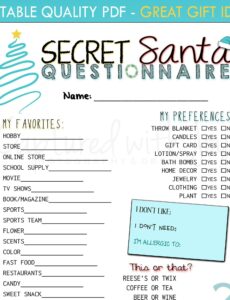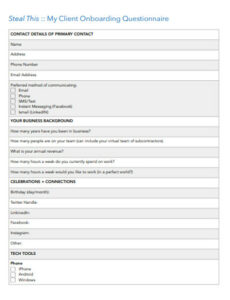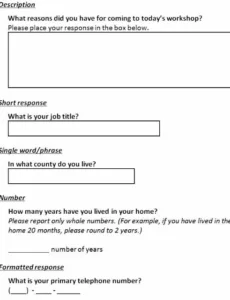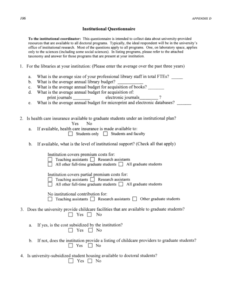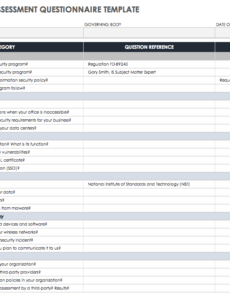Bringing a new feline friend into a home is a joyous occasion, but it’s also a significant responsibility. For shelters, rescues, and even individual rehomers, ensuring a cat goes to a safe, loving, and permanent environment is paramount. This is where a well-designed cat adoption questionnaire template becomes an indispensable tool, acting as the first step in a thorough screening process to match the right cat with the right family.
It’s not just about finding *any* home, but the *best* home. A comprehensive questionnaire helps potential adopters reflect on their readiness and commitment, while providing valuable insights to the organization about the suitability of the match. It’s a foundational element in fostering successful, lifelong adoptions and preventing future relinquishments, ensuring that every cat finds their purr-fect forever family.
What Makes a Great Cat Adoption Questionnaire?
A truly effective cat adoption questionnaire is more than just a series of questions; it’s a conversation starter, designed to gather crucial information without feeling overly intrusive. It should strike a balance between being comprehensive enough to assess a potential adopter’s lifestyle and commitment, yet straightforward enough to encourage honest and thoughtful responses. The best questionnaires are dynamic, evolving as you learn more about common challenges or successful placements.
Firstly, clarity is key. Questions should be unambiguous, avoiding jargon and leading statements. Secondly, the questionnaire should cover all major aspects of pet ownership, from living arrangements to financial preparedness and understanding of animal welfare. It’s an opportunity to educate potential adopters on the realities of cat care, including veterinary needs, grooming, and behavioral considerations, setting realistic expectations from the outset.
Essential Sections to Include
To ensure you gather all necessary details, consider structuring your questionnaire into several key sections. This not only makes the form easier to navigate for the applicant but also helps you organize the information for your review process.
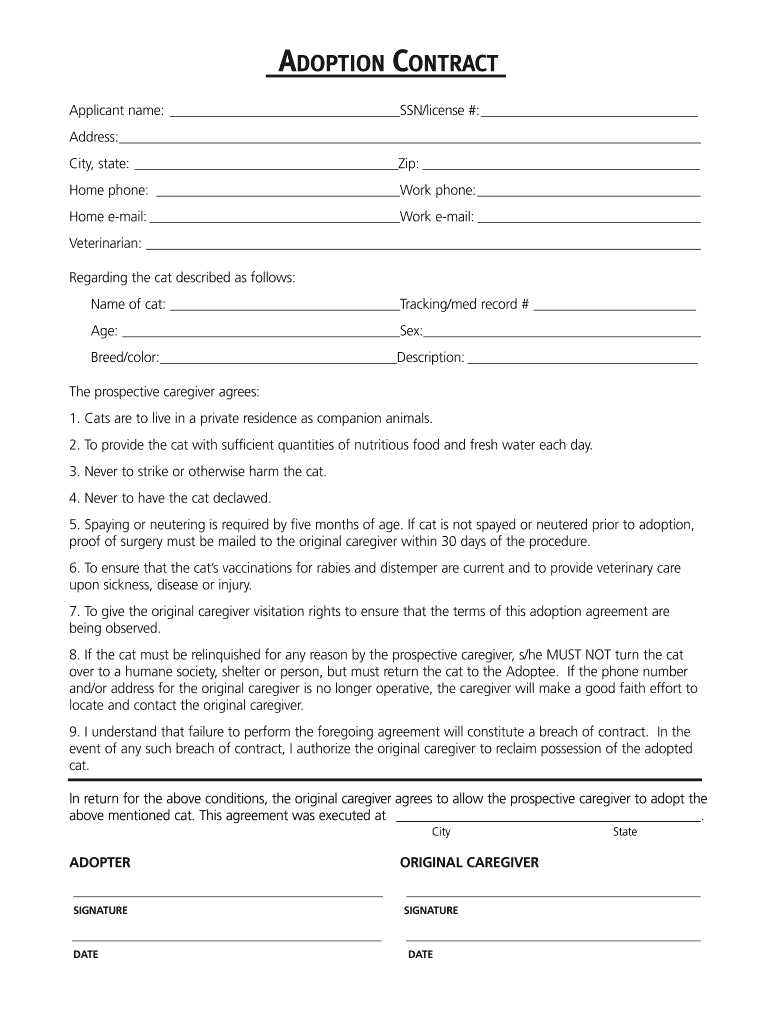
You’ll want to start with basic personal information, such as contact details and identification. This helps in verifying the applicant and establishing primary communication channels. Move on to household specifics, which are critical for understanding the environment the cat will be entering.
- Personal & Contact Information:
- Full name, address, phone number, email.
- References (optional but recommended).
- Household & Living Situation:
- Type of dwelling (house, apartment, condo).
- Do you own or rent? If renting, landlord contact and pet policy confirmation.
- Number of adults and children in the home (ages of children).
- Are there other pets? If so, what kind and how many? Are they spayed/neutered and vaccinated?
- What is the general activity level of the household?
- Pet Care Experience & Understanding:
- Have you owned a cat or other pets before? If so, what happened to them?
- Are you aware of the financial commitment involved in owning a cat (food, litter, vet care, emergencies)?
- Are you prepared for potential behavioral issues (scratching, litter box problems, spraying)?
- Do you plan for the cat to be indoor-only, outdoor-only, or indoor/outdoor? (Many rescues require indoor-only.)
- What are your thoughts on declawing? (Many rescues have strong stances against it.)
Including these sections in your cat adoption questionnaire template will provide a robust foundation for assessing suitability and identifying potential red flags or areas requiring further discussion during an interview.
Crafting Questions for Deeper Insights
Beyond the essential sections, a truly insightful cat adoption questionnaire goes deeper, probing into the nuances of pet ownership and an applicant’s philosophy. These questions are designed to reveal not just what an applicant knows, but how they think, their problem-solving skills, and their long-term commitment. It’s about understanding their preparedness for the unexpected and their willingness to adapt.
Consider questions that explore hypothetical situations or gauge their understanding of a cat’s psychological needs. For instance, how would they handle a cat that hides, or one that isn’t instantly affectionate? What if the cat develops a chronic illness requiring ongoing medication? These scenarios can illuminate an applicant’s patience, empathy, and financial stability, which are all critical for a successful adoption.
Furthermore, you might include questions that touch upon the applicant’s plan for the cat during vacations or emergencies, or what they would do if their living situation changed (e.g., moving, new baby, new relationship). These are common reasons for pet relinquishment, and addressing them upfront can prevent future heartache for both the cat and the adopter. It also encourages the applicant to think through their long-term commitment.
It’s also beneficial to include questions that help you match a cat’s specific personality to a home. For instance, if you have a very shy cat, you wouldn’t want to place them in a chaotic home with young children and multiple pets. Conversely, an energetic, playful cat might not thrive in a quiet, sedentary environment. These types of questions allow for a more personalized matching process.
- Commitment & Responsibility:
- Who will be the primary caregiver for the cat?
- How many hours per day will the cat be left alone?
- What are your plans for the cat if you move or travel frequently?
- Are you prepared for potential veterinary emergencies or long-term medical care costs?
- Behavioral Understanding:
- How would you address a cat scratching furniture or exhibiting litter box issues?
- What is your understanding of cat body language and communication?
- Are you prepared to provide enrichment (toys, scratching posts, vertical spaces) for your cat?
- Future Planning:
- What are your expectations for your new cat?
- What would you do if you could no longer keep the cat for any reason?
By integrating these more thought-provoking questions into your cat adoption questionnaire template, you empower yourself with deeper insights, facilitating better-informed decisions that lead to enduring and happy placements for your feline friends.
Ultimately, a well-crafted questionnaire is a testament to your commitment to the welfare of the cats in your care. It’s a proactive step in ensuring that every adoption is a success story, where both the cat and the family thrive together for years to come. The effort put into designing a thorough and insightful questionnaire pays dividends by preventing returns and fostering truly responsible pet ownership.
By carefully reviewing the responses, engaging in follow-up conversations, and conducting home checks where possible, organizations can make confident decisions that lead to joyful and lasting companionship. This methodical approach not only protects the animals but also builds trust within the community, encouraging more people to consider adoption as their first choice for welcoming a new family member.
